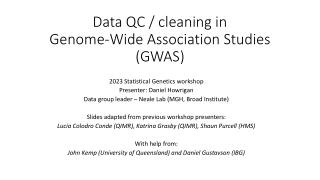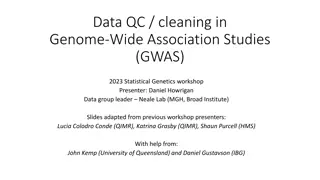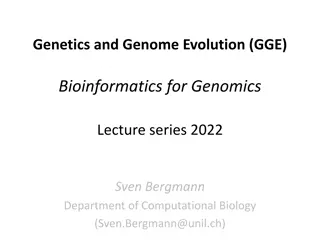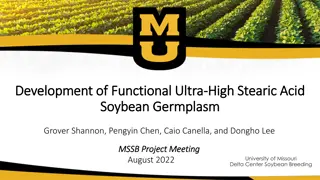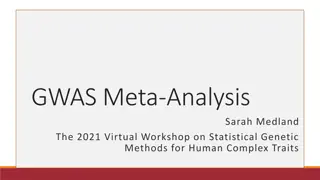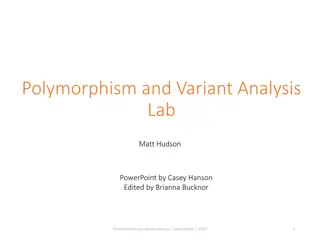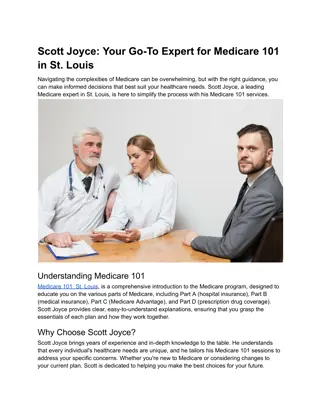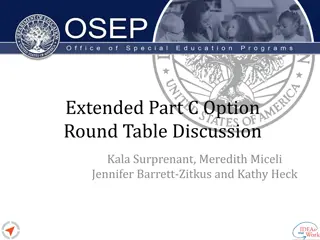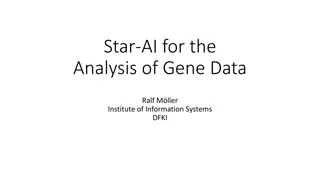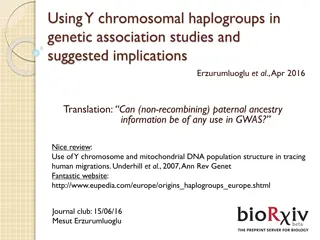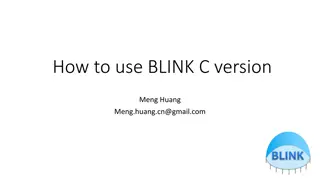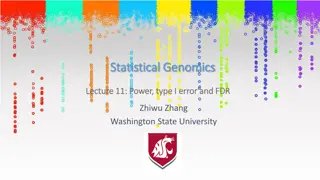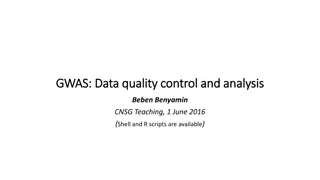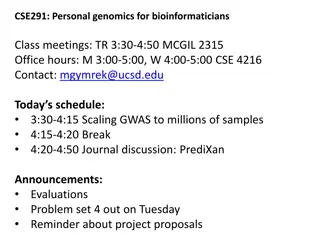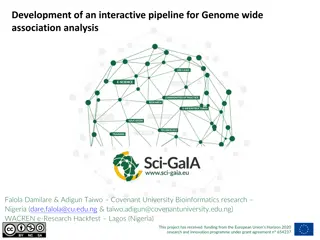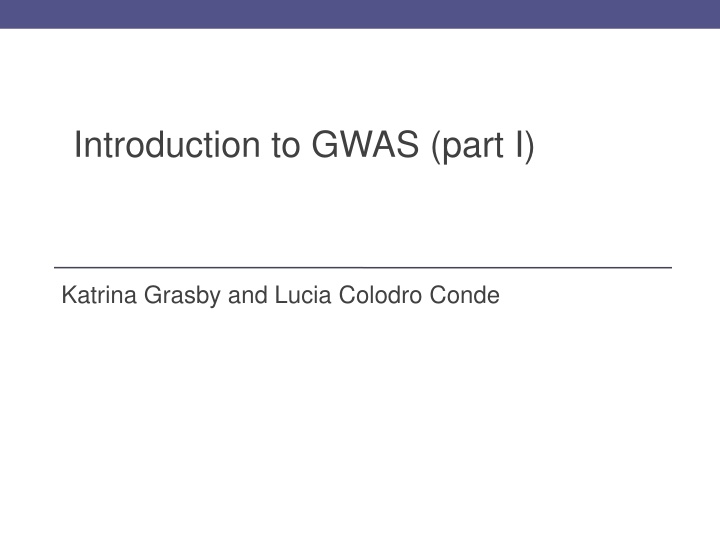
Introduction to GWAS: Understanding Genetic Association Studies
Explore the world of Genome-Wide Association Studies (GWAS) in this informative introduction covering hypothesis-free genetic variation analysis, quantitative trait regression, case-control logistic regression, relatedness considerations, and their importance in understanding genetic associations with diseases and traits.
Download Presentation

Please find below an Image/Link to download the presentation.
The content on the website is provided AS IS for your information and personal use only. It may not be sold, licensed, or shared on other websites without obtaining consent from the author. If you encounter any issues during the download, it is possible that the publisher has removed the file from their server.
You are allowed to download the files provided on this website for personal or commercial use, subject to the condition that they are used lawfully. All files are the property of their respective owners.
The content on the website is provided AS IS for your information and personal use only. It may not be sold, licensed, or shared on other websites without obtaining consent from the author.
E N D
Presentation Transcript
Introduction to GWAS (part I) Katrina Grasby and Lucia Colodro Conde
What is it? A hypothesis free study of genetic variation across the entire human genome Tests for genetic associations with continuous traits or with the presence / absence of disease With a focus on low penetrance & high frequency loci Tests indirect association Hirschhorn & Daly. Nat Rev Genet (2014)
Why do it? McCarthy et al. Nat Rev Genet (2008)
Quantitative Trait Linear Regression = + X + = score on phenotype X = 0, 1 or 2 copies of allele ( G ) = 0 no association > 0 G allele associated with higher score on trait < 0 G allele associated with lower score on trait Balding. Nat Rev Genet (2006)
Case-Control Logistic Regression Controls Cases A/A G/A A/A ln(P/1-P) = + X + G/G G/A A/A G/A G/A = difference in log odds for cases vs. controls G/G A/A G/G G/A A/A A/A A/A e( ) = difference in odds = Odd Ratio (OR) G/A A/A A/A G/G G/G Allelic effect is an OR: OR > 1 increased risk OR < 1 decreased risk The G allele is associated with disease
Relatedness Only a few in the total sample = drop Random Effects Model = + X + G + = fixed effect of the allele G = genetic relationship random effect Genetic Relationship Matrix (GRM) Sub-sample of SNPs Leave One Chromosome Out (LOCO)

